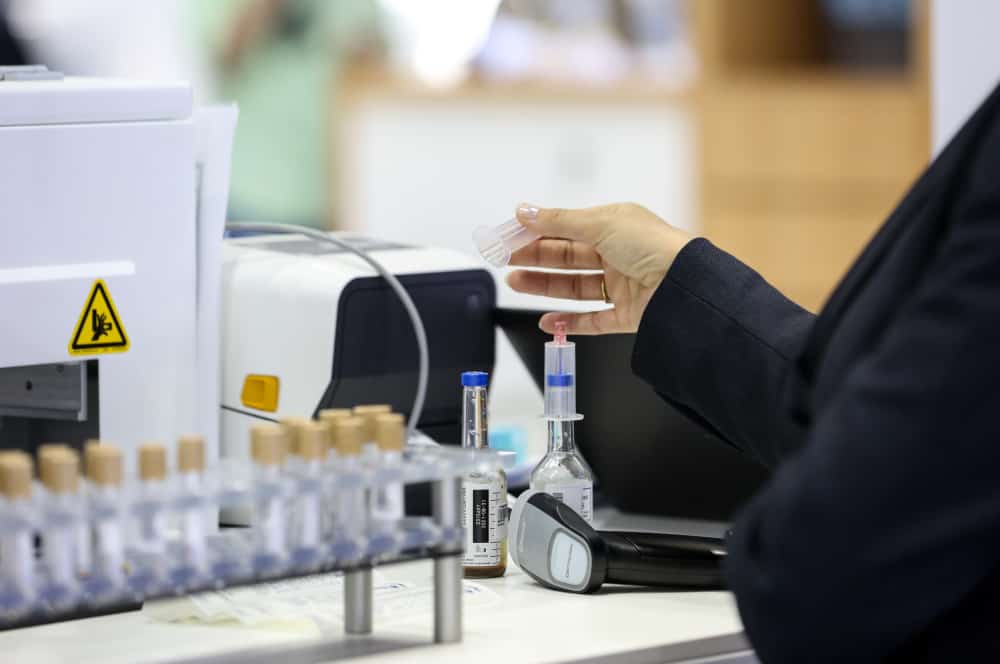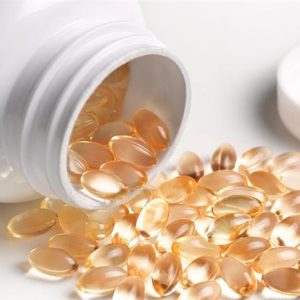عن المرض الخفي ..إلتهاب السحايا وأنواعه،أعراضه

التهاب السّحايا (Meningitis) هو مرض التهابي يصيب الأغشية المُخاطيّة المُحيطة بالدّماغ والنخاع الشّوكي، بسبب عدوى بكتيريّة أو فيروسيّة.

التهاب السّحايا الجرثومي:
توقّعات سير مرض التهاب السحايا (Prognosis): هناك احتمالات جيدة للشفاء دون أي أضرار جانبية، ولقد تمّ تقدير احتمالات الشفاء التام، وفقًا لأبحاث طبّيّة، بنسبة 90%، شريطة أن يتم العلاج في مرحلة مبكّرة. إن العوامل التي من الممكن أن تؤثّر على احتمالات الشّفاء، هي بالأساس، اعتلال صحّة المريض، تأخير في مباشرة العلاج، أو جرثومة من سلالة شرسة أكثر من المعهود.
التهاب السحايا العقيم (Aseptic meningitis):
لم ينجح الباحثون بعد، بتحديد مسبب هذا النوع من الالتهاب، في محاولاتهم لتربيته في مُستنبت، بعد أخذ عيّنة من سوائل الجسم – من هنا، تمّ استيحاء الاسم (ولكن هناك طرق أخرى تساعد في تحديد مسبب الالتهاب).
على الأغلب فإن المسبب هو فيروسي (وفي هذه الحالة يكون الالتهاب ناجماً عن الفيروس)، لكن في قسم صغير من الحالات، يجري الحديث عن مُسبب آخر للتلوّث كالطفيليّات.
التهاب السحايا الفيروسي (المسبب لالتهاب الأغشية هو فيروس):
إن الفيروسات الأكثر شيوعًا كمسببة لالتهاب السحايا، هي فيروسات الإنترو (Entrovirus). وهناك مسببات فيروسية أخرى شائعة، وهي الفيروسات المنقولة بالمفصليّات (Arbovirus)، فيروس الهربس الفموي من النمط الثاني (Herpes Simplex type 2) وفَيروسُ العَوَزِ المَناعِيِّ البَشَرِيّ (HIV). العدوى الناتجة عن فيروس الإنترو، والفيروسات المنقولة بالمفصليات، تكون ذات طابع موسميّ، ويزيد انتشارها بشكل ملحوظ في فصل الصيف.
توقّعات سير المرض: إن سيرورة المرض حميدة، الحُمّى وآلام الرّأس تتلاشى خلال أسبوع تقريبًا، وباستثناء بعض الحالات النادرة، يكون الشّفاء تامًّا في القسم الأكبر من الحالات.

أعراض التهاب السحايا
اعراض مرض السحاياالعلامة الأكثر شيوعًا عند الفحص، هي الصعوبة بتحريك الرّقبة
(المصطلح “اعراض السحايا” يعني الظواهر التي يشعر بها ويصفها المريض، بينما المصطلح “علامة” يعني الأمور التي يلاحظها الطبيب أثناء الفحص). أعراض التهاب السحايا التي قد تظهر: الصداع، رُهاب الضوء (Photophobia)؛ وتظهر العلامات التالية: الحُمّى، تيبس عند تحريك الرقبة في المستوى الأمامي – خلفي (من الممكن أن لا تظهر هذه العلامة لدى الأطفال والعجزة).
أشكال إضافية ممكنة لظهور المرض: تغيير في درجة الوعي، الغثيان والتقيؤ، نوبات (Seizure)، اعتلال عمل أعصاب الجمجمة، وقد تظهر العلامات الإضافية التالية لدى الرضع والأطفال: فرط التهيّج، التململ واضطراب في عادات الأكل.
علامات وأعراض التهاب السحايا العقيم: من الأعراض الشائعة الصداع، غثيان، ضعف عام، والعلامة الأكثر شيوعًا عند الفحص، هي الصعوبة بتحريك الرّقبة (تيبُّس الجذع). تكون صورة المرض، غالبًا، أقل استعارًا من صورته المميّزة لالتهاب السحايا الجرثوميّ.

أسباب وعوامل خطر التهاب السحايا
إن من أكثرّ مولّدات الالتهاب شيوعًا، المكوّرات الرّئويّة (Pneumococci – المسؤولة عن نصف الحالات تقريبًا، وتُعتبر المسبّب للقسم الأكبر من حالات الموت)، المكوّرات السّحائيّة (Meningococci – والتي تظهر أحيانًا بصورة طفح جلدي منتشر، مكوّن من نقاط بارزة ذات اللون الأرجواني)، والمستديمة (Hemofilus – نسب الإصابة بهذه الجرثومة في تراجُع مستمر منذ أصبح التطعيم مقبولاً، بل وموصى به للأطفال). تشكّل الإصابات بهذه الجراثيم الثلاث 80% من مجمل حالات الالتهاب الجرثوميّ.
إن أكثر الناس عُرضةً للإصابة بالمرض، هم مجموعة الأشخاص المصابون بموضع تلوّثي فعّال كالتهاب الأذن الداخليّة، التهاب الجيوب في الوجه (Sinusitis)، التهاب الرئتين والتهاب الشَّغاف (Endocarditis)؛
من عوامل الخطر الإضافيّة: التليّف الكبدي (Cirrhosis)، إدمان الكحول، مرض خبيث في خلايا الدّم، اضطراب عمل الجهاز المناعي، وإصابة في الرأس سببت تسرُّب السائل الدماغي – النخاعي (Cerebrospinal fluid) قريبًا من موعد ظهور العدوى.
الجراثيم الأقلّ شيوعًا كمسبّبة للمرض: الجراثيم المكوّرة العُقَدِيَّة من النوع (ب) (Streptococcus B). إن معظم المصابين بالتهاب جرّاء هذه الجرثومة هم أطفال دون سنّ الشهر الواحد، اللستيريّة (Listeria) المسبّبة للمرض في أواسط المولودين الجدد والعجزة، العنقوديّات الذهبية (Staphylococcus)، تسبب الالتهاب في أواسط المصابين بإصابات غارزة في الرأس أو في أواسط الأشخاص الذين خضعوا لعمليّة طبيّة باضعة للرأس.

علاج إلتهاب السحايا
من المتبع مباشرة علاج التهاب السحايا المبكّر قدر الإمكان بالمضادّات الحيويّة، نظرًا لطابع المرض الخطر، في الغالب مباشرةً عقب إجراء الوخز الخصري (بعد الوخز وليس قبله لمنع التّقنيع، حيث يقوم العلاج بتغيير سريع في قِيَم السّائل الدماغي – النخاعي، وعندها يكون من الصّعب التحديد الدّقيق للمرض والمولّد) وقبل تحديد هويّة مولّد المرض. أما المضادّات الحيويّة المتبع استخدامها للعلاج، فهي دواء سيفتريئاكسون (Ceftriaxone) الذي يُعطى بالتسريب عبر الوريد، بجرعة 4 غرامات لليوم. يوجد علاج آخر متداول وهو سيفوتاكسيم (Cefotaxime) بالتسريب أيضًا عبر الوريد بجرعة 12 غرامًا لليوم.
تتم عادة، إضافة البنسيلين بالتسريب عبر الوريد للأطفال والعجزة، بجرعة 12 غرامًا لليوم. تتم إضافة الفانكوميسين (Vancomycin) بجرعة 2 غرام لليوم، في حالات الالتهاب عقب الإصابة بالرأس أو عقب إجراءات طبّية جائرة بالرّأس.
تمّ مؤخّرًا، اكتشاف أنّه بإضافة كورتيكوستيرويد (Corticosteroid) من نوع ديكساميثازون (Dexamethasone) تنخفض نسبة الوفيّات وخطر الإعاقة الدّائمة، وسط البالغين المصابين بانتفاخ نسيج الدماغ، مع ضغط مرتفع داخل القِحف، وذوي سيرورة مرض مستعرة. (العلاج بالكورتيكوستيرويد من نوع ديكساميثازون كان شائع الاستعمال في أواسط الأطفال فحسب، حتّى فترة ليست ببعيدة، كما اكتُشِفت مساهمته بشكل كبير في خفض نسبة المضاعفات، بالتحديد، الطَرَش لدى المرضى الذين سببت لهم جرثومة المستديمة المرض. وكما ذُكِر آنفًا، فقد تمّت إجازة استعماله للبالغين أيضًا). تحديد مولّد العدوى وتقدير حساسيّته للأدوية المختلفة، يمكّن من استمراريّة العلاج بواسطة الدواء الأمثل.

علاج التهاب السحايا العقيم: يكون العلاج في الغالب، داعمًا (كالعلاج بمسكّنات الآلام والسّوائل عبر الوريد) وملائمًا للأعراض التي يعاني منها المريض.






